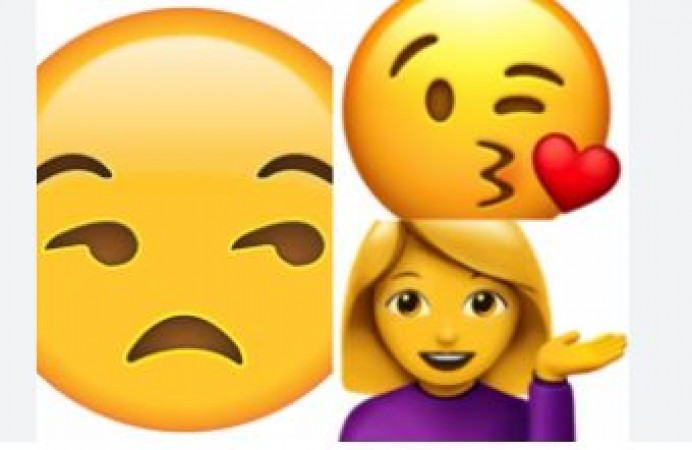
When we think of emojis, we instantly think of those cheerful little yellow faces. WhatsApp, one of the most popular messaging apps globally, features these iconic emojis that have become a staple in digital communication. But why are they yellow? Let's dive into the history, psychology, and practical reasons behind the yellow hue of WhatsApp emojis.
Emojis originated in Japan in the late 1990s, created by Shigetaka Kurita. Initially, they were black and white and much simpler than the vibrant emojis we use today. The first set of emojis was developed to enhance digital communication, allowing users to express emotions and ideas quickly and visually.
With technological advancements and the increasing popularity of emojis, they evolved from basic black and white icons to colorful, expressive characters. Apple played a significant role in this evolution when they introduced colorful emojis in iOS in 2011. This change set the standard for emojis across various platforms, including WhatsApp.
Yellow is often associated with happiness, positivity, and warmth. These attributes make yellow an ideal color for expressing emotions in digital communication. When you see a yellow emoji, it’s hard not to feel a bit of cheer.
Yellow is also a neutral color in the context of human skin tones. By using yellow, WhatsApp and other platforms avoid the complexities and sensitivities involved with representing different skin tones. This neutrality ensures that emojis are inclusive and universally relatable.
Yellow is a bright and easily noticeable color. This makes yellow emojis stand out against the various backgrounds on smartphones and other devices, ensuring that they are easily recognizable and clear.
Using a single color for all emojis provides design consistency. It helps users quickly identify emojis, enhancing the user experience. Yellow is vibrant yet soft enough to blend well with other colors and themes used in the app interface.
The Unicode Consortium standardizes emojis across different platforms to ensure uniformity in digital communication. While Unicode defines the emoji’s shape and design, the color choice often depends on individual platforms like WhatsApp. Yellow has become the default for most platforms due to its positive attributes and neutrality.
While the default emoji color is yellow, Unicode also supports skin tone modifiers. This allows users to select emojis that better represent their identity. WhatsApp offers this customization, but the default remains yellow, maintaining consistency and clarity.
Users have grown accustomed to yellow emojis. This familiarity makes it easier for them to express emotions and understand the emotions of others. Changing the color drastically could lead to confusion and reduce user satisfaction.
The bright and cheerful nature of yellow helps users convey positive emotions effectively. This emotional connection enhances the overall messaging experience, making conversations more engaging and enjoyable.
In a world where cultural and racial sensitivity is crucial, using yellow as a default color avoids potential controversies. It’s a safe choice that doesn’t favor any particular group, promoting inclusivity and equality.
While the default is yellow, the availability of skin tone variations shows an effort to embrace and represent global diversity. Users appreciate having options that reflect their individuality while retaining a universally accepted default.
Yellow renders well on digital screens, including smartphones, tablets, and computers. It maintains its brightness and clarity across different devices and resolutions, ensuring that emojis look good universally.
Yellow emojis adhere to design standards that ensure they are compatible across various platforms and devices. This consistency is crucial for maintaining the integrity and functionality of emojis in digital communication.
While yellow remains the standard, the future might bring changes. As technology and user preferences evolve, we might see new colors or styles of emojis emerging. However, any change would need to consider the established user base and the reasons why yellow has been so effective.
Emoji design is an ever-evolving field. Developers continuously seek feedback and analyze trends to keep emojis relevant and engaging. Future updates may introduce new elements, but the fundamental principles that make yellow the go-to color will likely remain influential.
In summary, WhatsApp emojis are yellow due to a blend of historical evolution, color psychology, practical design considerations, and cultural factors. Yellow's cheerful, neutral, and highly visible nature makes it an ideal choice for representing emotions in a digital format. As we continue to rely on these tiny icons to express ourselves, the yellow emoji will likely remain a beloved and essential part of our digital conversations.
Wearing sandals also leaves marks on your feet, so follow these tricks
When was the saree worn for the first time, how did it become a part of Indian culture?